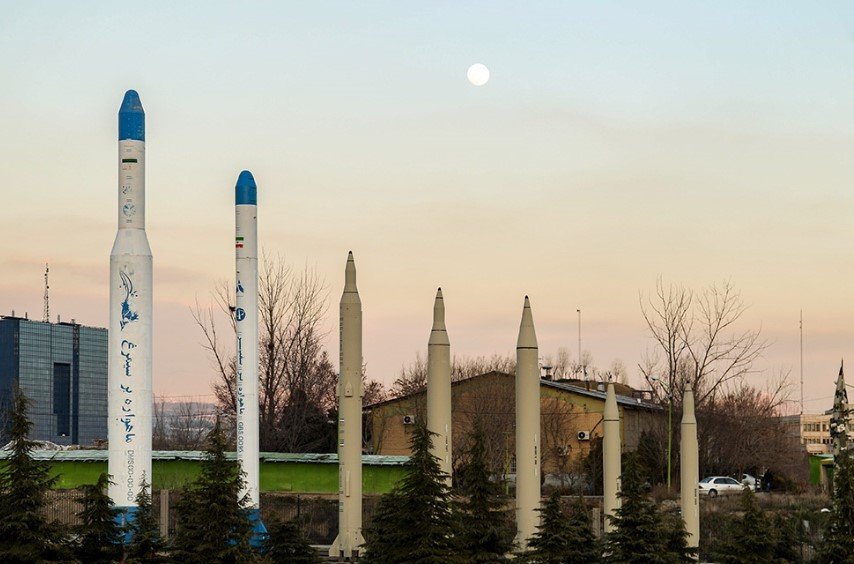Tehran casts doubt on Israeli truce promises, as military leaders stay on high alert
Iran is back on edge. Just days after guns fell silent, senior commanders are warning that any sign of Israeli aggression will be met with force. The message is clear: this ceasefire may not last.
On June 24, Iran and Israel agreed to halt hostilities following nearly two weeks of airstrikes, missile salvos, and deadly escalations. But Tehran doesn’t sound convinced it’s over. Not yet. And definitely not for long.
“We Don’t Trust Them”: Iran’s Military Chief Fires Fresh Warning
Iran’s top army official, Gen. Abdolrahim Mousavi, minced no words in his phone call with Saudi Defense Minister Khalid bin Salman on Sunday. “We have serious doubts about the enemy’s commitment to its obligations,” he reportedly said, according to semi-official Fars News.
The “enemy” he referenced is Israel—though the U.S. isn’t far behind in Tehran’s mind.
His tone wasn’t subtle either. “We are prepared to deliver a firm response if aggression is repeated,” Mousavi added. Iran, clearly, is still bracing for more.
His skepticism didn’t come out of nowhere.
This isn’t the first ceasefire. And every previous one has ended in blood.

How the 12-Day War Unfolded—and Why It’s Not Over Yet
The violence began on June 13. Israel launched targeted bombings inside Iran, killing top nuclear scientists and elite military officials. Among the dead was General Mohammad Bagheri, the former chief of Iran’s armed forces.
Iran responded with fury. And missiles.
Within 48 hours, Tehran sent dozens of ballistic missiles into Tel Aviv and Jerusalem, triggering air raid sirens across Israel. Apartment buildings were flattened. Emergency crews scrambled through rubble. The death toll, on both sides, mounted quickly.
Iran’s health ministry reported:
-
627 killed in Israeli strikes
-
Nearly 5,000 injured
Meanwhile, Israeli officials counted:
-
28 killed in Iranian retaliation
-
Over 1,300 wounded
In a surprise twist, the U.S. entered the fray.
On June 22, American bombers hit three Iranian nuclear facilities. President Donald Trump bragged about the attack, calling it the “final blow” to Iran’s atomic infrastructure. Iran called it a war crime.
And yet—somehow—two days later, a ceasefire was declared.
Who Pushed the Ceasefire Through? All Eyes on Trump
The timing of the truce raised eyebrows.
Just hours before the deal was announced, President Trump posted on Truth Social: “A major breakthrough is near.” Minutes later, Israeli and Iranian officials confirmed it: the shelling would stop.
No international summit. No official UN resolution. Just a sudden, uneasy silence.
So far, the truce has held. But barely.
Mousavi’s warning shows how shaky the peace really is. Iran believes Israel is already looking for excuses to resume attacks. Tehran insists it won’t shoot first—but won’t hesitate to retaliate either.
A Cleric’s Fatwa, a President’s Threats
Tensions escalated even further this weekend after a rare public intervention from one of Iran’s most influential Shia clerics.
Grand Ayatollah Naser Makarem Shirazi issued a blunt statement aimed squarely at Trump. “Anyone who harms the Supreme Leader deserves death,” he said in response to a religious query.
Shirazi, who rarely weighs in on politics, was reacting to Trump’s repeated verbal attacks on Ayatollah Ali Khamenei, Iran’s Supreme Leader. The rhetoric has grown more aggressive since the June strikes.
One sentence. That’s all it took to rattle nerves.
Where the Ceasefire Stands Now
Despite the heated language, there’s been no confirmed breach of the ceasefire.
Still, both sides are trading accusations.
Iran claims Israeli drones have violated its airspace. Israel says Hezbollah, Iran’s ally in Lebanon, has fired mortars toward the Golan Heights.
None of these incidents have escalated yet—but military analysts aren’t breathing easy.
A table of recent incidents paints a worrying picture:
| Date | Incident | Claimed By | Status |
|---|---|---|---|
| June 25 | Drone spotted over southern Iran | Iran | No confirmed strike |
| June 26 | Mortar shells hit Israeli post | Israel | Minor injuries |
| June 28 | Cyberattack on Tel Aviv grid reported | Israeli media | Under investigation |
| June 29 | Iranian missile debris in West Bank | Photo evidence | No casualties reported |
And yet, no shots officially fired since June 24. For now.
What’s at Stake If It Falls Apart?
There’s a reason the world is paying attention.
If this ceasefire collapses, the Middle East could tumble into a much broader regional war. The U.S. is already involved. Saudi Arabia is nervously watching. Hezbollah, Hamas, and other groups are on high alert.
Iran has hinted it’s coordinating military preparedness with regional allies. And Israel has been seen moving more Iron Dome batteries into key locations.
The Biden administration—or rather, the Trump administration again—claims diplomacy is working. But critics argue it’s only a matter of time.
